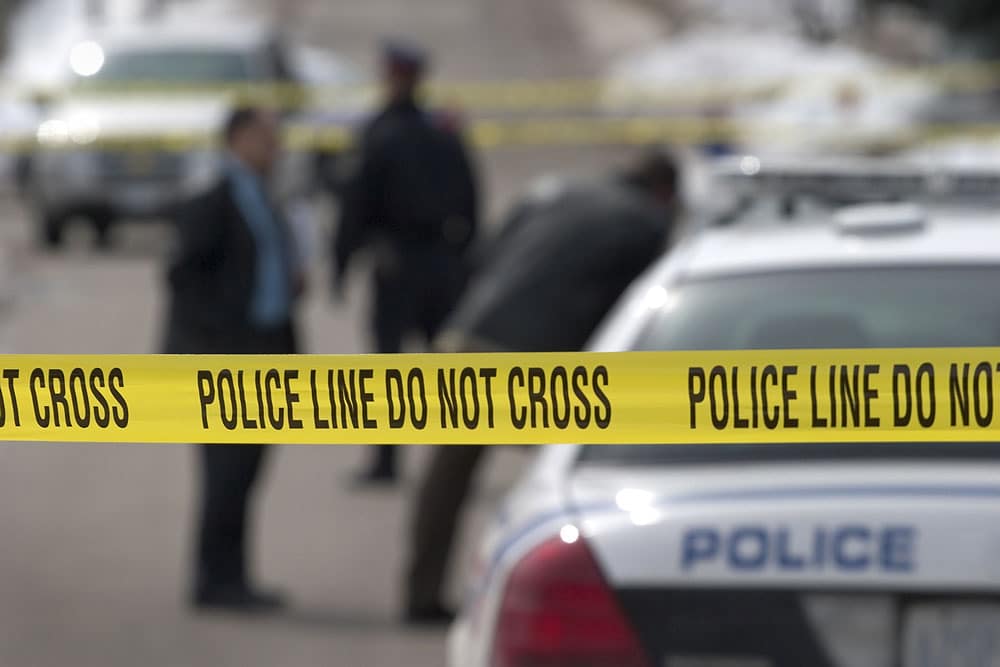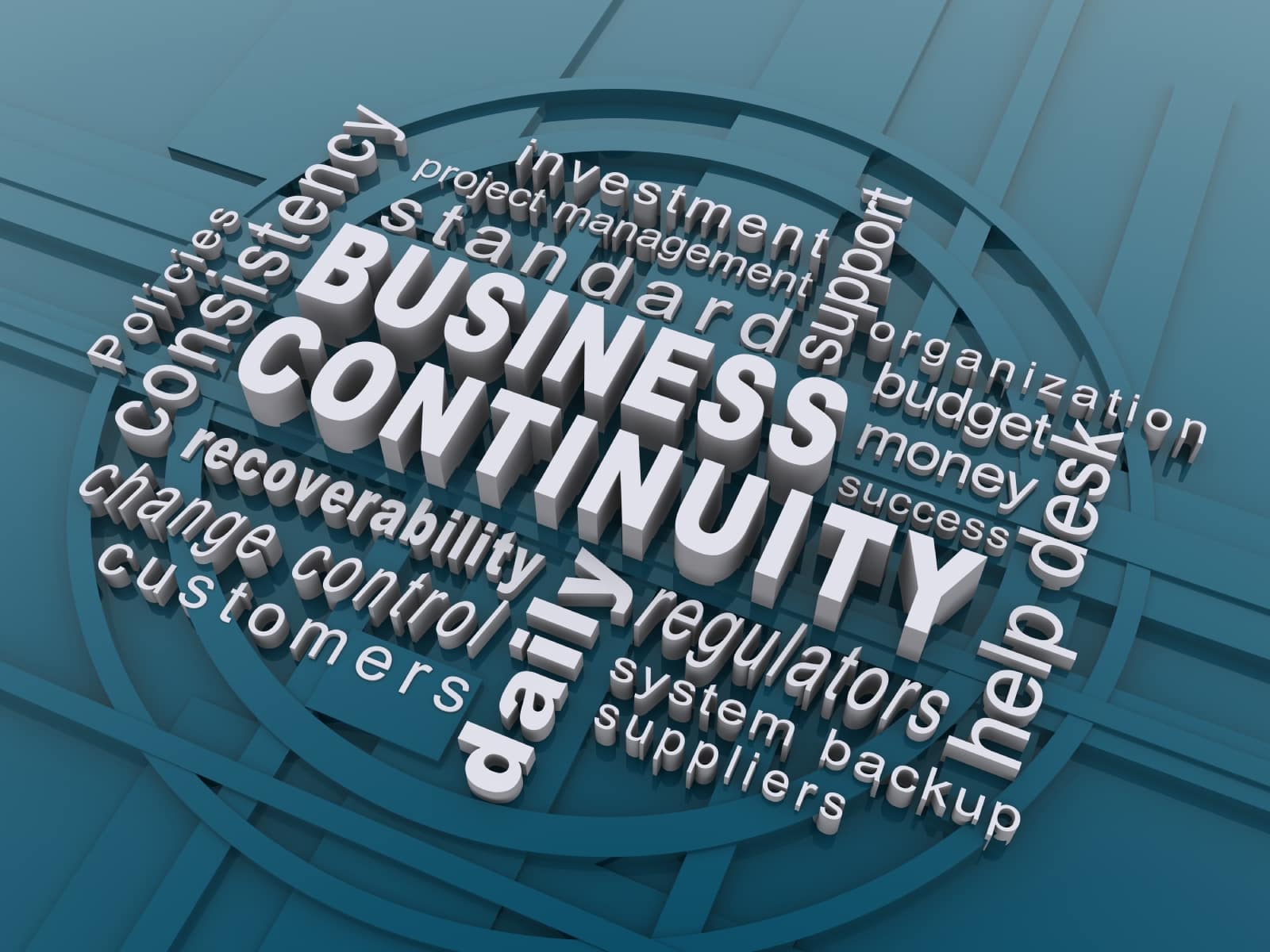All it takes to hear about the latest company being tossed and turned because of crisis is watching the news. Recent headlines include the CEO of Wells Fargo resigning after fraudulent practices surfaced, Hurricane Matthew hitting the southeast coast devastating businesses and homes, and the Samsung Galaxy 7 phone being banned on aircraft due to self-combustible fire tendencies.
Each day, it’s a new headline and another company or organization under fire. Its not a matter of if a crisis will hit, but when. And with a crisis comes a host of concerns, from brand loyalty to the bottom-line. One example of the cost of a poorly managed and unprepared crisis is Nestlè’s noodle debacle, which came at a whopping half a billion dollar impact to the business. And those dollars don’t just impact shareholders – it often results in public distrust, executive terminations, and sweeping layoffs.
Here are the 3 essentials to ensure your reputation weathers the storm:
- Prevention: Have a pulse on the issues that may impact your organization – both reputational and physical – this is the first step to knowing what is coming down the pipeline. Having a heads up identifies your top issues and gives your team time to prepare. From simple monitoring to more complex systems, there is a wide range of tools to stay informed. The best approach is multi-channel – from media, to social media, to weather. To stay ahead of the issues that have potential to bubble into crisis level, have a measurable system with triggers to escalate once a threshold is reached. The best way to avoid a crisis is to identify it early and eliminate the threat. Large brands have near-crisis situations often that never make the news because of their ability to identify and prevent the threat.
- Preparedness: The organizations that respond quickly and strike the right tone, don’t just have a savvy communicator at their helm. They have practiced for similar situations, organized their teams to create an efficient and strong group of responders, and they have the trust of executives to lead during an incident. From crisis planning to simulations, the old adage that practice makes perfect is true. The best responders have already identified and addressed their weaknesses – whether it is cutting through the inefficiencies of a large, complex organization, or ensuring that internal stakeholders are hearing from leaders rather than getting their information from the media.
- Response: When the inevitable happens and a crisis hits, it is important to follow the preparedness steps to ensure a timely, appropriate response. Most companies spend more time in response mode because of lack of preparation or a poorly executed initial response. Align essential teams (typically includes communications/PR, security, HR, and legal), respond quickly (within 24 hours or less), and strike a tone that exudes kindness, humbleness, and generosity. If you do this, it is surprising how forgiving media and the public can be – it all hinges on your first response.
Can we help you?
Here at Bryghtpath, we’ve worked with the world’s most valuable brands on designing crisis management systems, intelligence programs, proactive monitoring, and operations centers that help improve an organization’s resiliency against disruption and crises. Learn more about our approach to Crisis Management in our Ultimate Guide to Crisis Management.
Contact us to learn how we can help your organization today!


 Webinar: Global Risk – Strategies for Uncertain Times
Webinar: Global Risk – Strategies for Uncertain Times